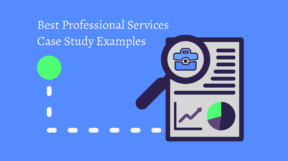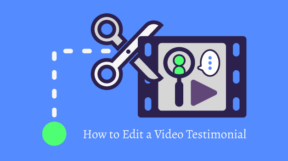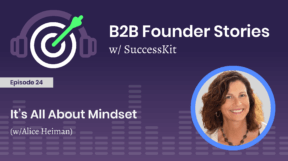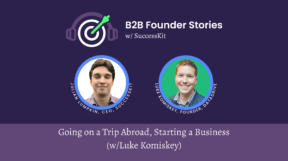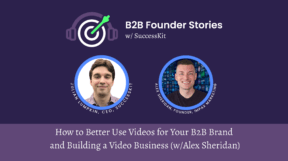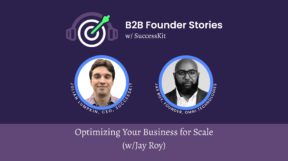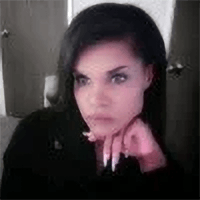Seemingly small mistakes in a Case Study can result in unpleasant consequences—even legal trouble. We talk a lot on this blog about how to make great Case Studies, but in this article, we address where Case Studies often go wrong and how to steer clear of those problems.
Common Mistakes in Case Studies—and How to Avoid Them
The following mistakes concerning Case Studies can jeopardize your sales and marketing success.
Poor Choice of Case Study Subject
What it means: A good Case Study Subject is not necessarily the most charismatic raconteur you can find (although it might not hurt!). Rather, a good Case Study Subject is a client with a powerful story to share. You should have solved some of your clients’ major pain points before approaching any of them for an interview.
How to avoid it: Skip clients who are well-known, global entities; brand-new customers; or those who’ve experienced unintentional/unexpected results. Focus on those who have seen transformative, concrete results thanks to your solution. (Click here to learn more.)
Weak Interview Skills
What it means: It’s a mistake to blame a bad Case Study interview on a shy, nervous subject. In truth, a good interviewer can extract a compelling story from anyone by putting the subject at ease and asking the right questions. A bad interviewer lacks curiosity, asks yes-or-no questions, and doesn’t ask follow-up queries that really get to the heart of what’s going on.
How to avoid it: What exactly are these “right questions” the interviewer should ask? There’s no quick, magic, one-size-fits-all answer—it’s up to the interviewer to dig deep and prompt the subject for meaningful details. We do have a few recommendations for how to proceed though! (Psst: If you really hone your interview skills and use quality recording tools, you can maximize a single interview to create several B2B assets—not just a Case Study.)
No Investment in Editing
What it means: No matter how fantastic you are as a writer, your writing needs to be edited. An editor will perform a fact-check and employ ways to improve the text, such as fixing an errant typo all the way to completely rearranging the content to make for a more logical, compelling read. Sometimes people skip this step, but how do you think your business is going to come across to prospects reading a poorly organized, boring Case Study riddled with typos and misspelled names?
How to avoid it: Have someone with editing and proofreading experience edit and proof your Case Study. Hire a freelancer with a relevant background if you don’t already have someone with the right skills on your team.
Underwhelming Design
What it means: Conceivably, you’re creating Case Studies to drum up business, right? In that case, they need to look as good as they read. The layout of the Case Study serves as a powerful first impression, so make sure it’s a good one.
How to avoid it: Invest in making your Case Study look professional, visually interesting/attractive, and on brand. Contract an experienced designer, or review our design suggestions if you’re tackling this in-house.
No Approvals or Permissions
What it means: This is one of the most grievous mistakes you can make with your Case Study. Not getting explicit approvals from your clients to use their information, quotes, and photos in your Case Studies could lead to, at best, damaged client relations and at worst, legal action.
How to avoid it: Always get your clients’ approval in writing to use their company names, names of any mentioned personnel, logos, and identifying images and descriptions. Also, make sure they fully understand how the Case Study will be used once it’s completed and that they review and approve the content before it’s considered finalized.
Inappropriate Use
What it means: Are you fully maximizing the use of your Case Study, or is it getting dusty in an unseen corner of your website, just waiting for prospects to stumble across it? A completed Case Study is meaningless unless it’s applied in the right way in the right circumstances.
How to avoid it: Read our blog for ideas on using Case Studies in the sales process and marketing and social media campaigns.
Conclusion
Want to sidestep Case Study mistakes altogether? Trust SuccessKit with creating your B2B content. Contact us at [email protected] to learn more.




